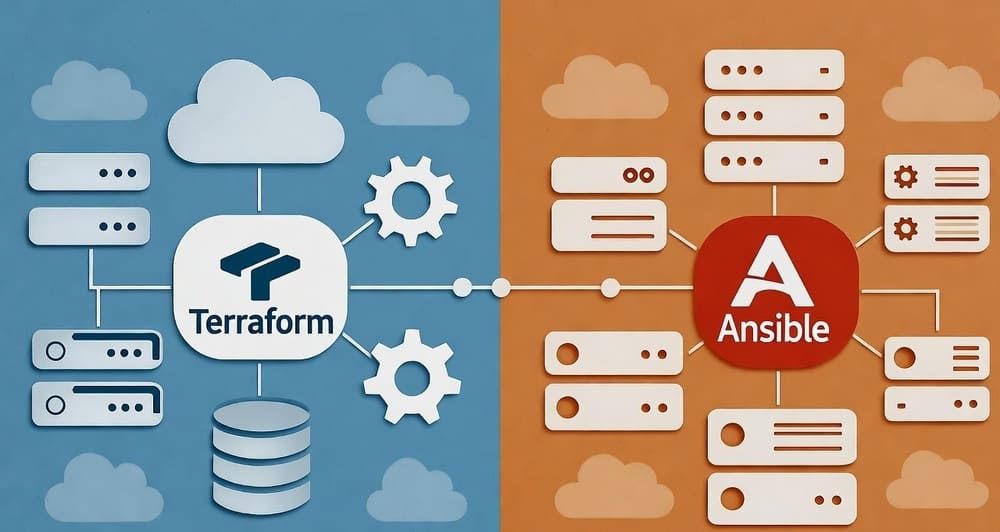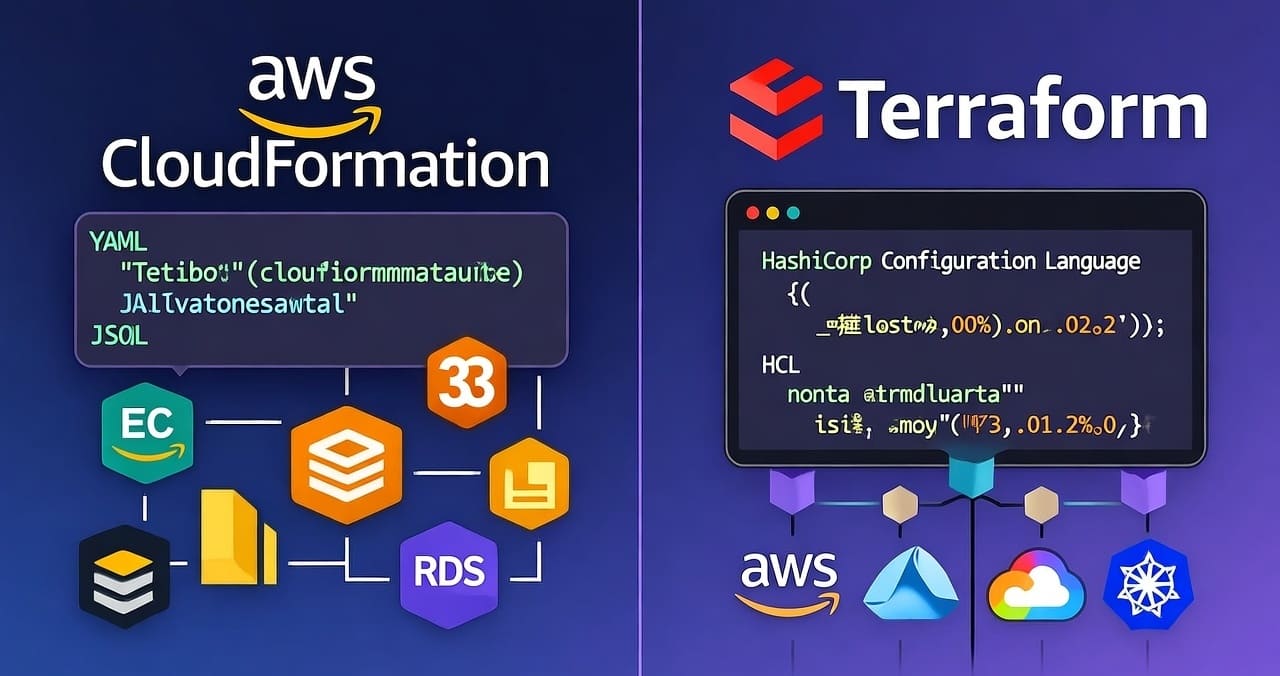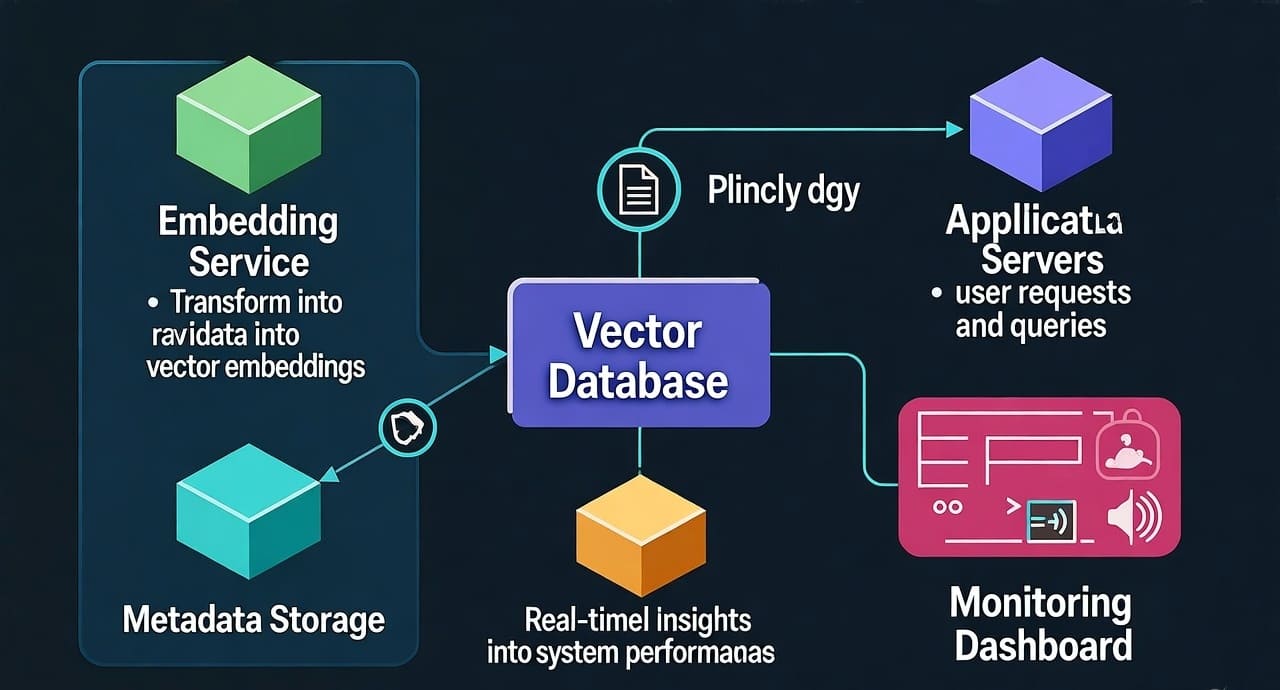Designing for Global Reads on Aurora: Latency Budgets, Read-After-Write, and DR Playbooks
Hook: Your EU customer clicks “Save,” hops to a dashboard, and… the number is wrong. Meanwhile an APAC user complains the page feels “heavy.” Welcome to the hard part of global scale: guaranteeing fast reads and read-after-write semantics across regions while keeping a tight RPO/RTO. This guide shows you exactly how to model latency, enforce read-your-writes, and drill your DR plan so failures are boring.
Why this matters (in 2 minutes)
- Revenue & trust: Users churn fast when data looks stale after a write.
- Physics is undefeated: Cross-ocean RTTs can blow through a 200 ms p95 budget if you’re careless.
- Compliance & DR: Execs want numbers: “RPO ≤ 5 s, RTO ≤ 15 min.” You need a playbook that proves it.
We’ll focus on Amazon Aurora (MySQL/PostgreSQL) with Global Database and regional reader clusters.
Architecture at a glance
Baseline topology
- Primary region: 1 writer + N readers in an Aurora cluster.
- Secondary regions: Aurora Global Database secondary clusters (read-only).
- Traffic routing: Latency-based DNS / Global Accelerator to nearest region.
- App tier: Stateless services deployed per region; config/feature flags centralized; caches local.
- Observability: Per-region SLOs, replication/lag metrics, synthetic probes.
Data flows
- Write path: Client → nearest region app → (if local region ≠ primary) forward to primary’s writer → commit → async storage-level replication to secondary regions.
- Read path: Client → nearest region app → nearest Aurora reader (same region) → return.
Key reality: Cross-region replication is asynchronous. You must design for read-after-write when the read hits a different region than the write.
End-to-end latency modeling (and how to keep it honest)
Model your p95 (or p99) latency as additive components:
T_total = T_edge + T_app + T_db + T_replica + T_cache_miss + T_tls + T_queue
Where:
T_edge: Client ↔ edge POP (CDN/Accelerator)T_app: Regional service processing (including deserialization, auth, business logic)T_db: Query execution time on the regional reader/writerT_replica: (Only when enforcing read-after-write across regions) delay until the replica is at/after the write’s positionT_cache_miss: Extra round trips if you front reads with cache and missT_tls: Fresh TLS handshakes if connection reuse isn’t workingT_queue: Any queue/connection pool wait time under load
Practical budget for a “global read” SLO (example)
| Budget item | Target p95 |
|---|---|
| T_edge (Anycast/Accelerator) | 10–20 ms |
| T_tls (HTTP/2 reused) | ~0–5 ms |
| T_app (simple read) | 10–20 ms |
| T_db (indexed point read) | 5–15 ms |
| Subtotal, same-region read | 25–60 ms |
| T_replica (cross-region RAW*) | + 0–200 ms (bursty) |
* RAW = read-after-write. If the read is same region as write, T_replica ≈ 0; if read is in a different region immediately after a write, you pay replication catch-up.
Guardrails
- Keep p95 query time for hot paths < 15 ms via appropriate indexes.
- Keep app p95 < 20 ms (no blocking I/O in request thread, aggressive connection reuse).
- Only enforce RAW when you must; otherwise accept eventual consistency to avoid waiting on replication.
Read-after-write (RAW): 4 workable patterns
You need determinism, not hope. Choose one (or mix) per endpoint:
1) Sticky post-write reads to the writer
- How: After a successful write, mark the session/request context for N seconds to route reads to the primary writer (or same-AZ reader).
- Pros: Simple, guaranteed RAW.
- Cons: Adds cross-region latency when user is far from primary; increases writer load.
Implementation sketch
- Set a header/claim like
rw_sticky_until = now()+3s. - Your API gateway/service routes such requests to the writer endpoint.
2) Version fence (“wait-until at least”)
- How: On write, return
(entity_id, version|LSN|commit_ts). For the next read, the client sendsmin_version=.... The read path blocks or retries until the regional replica has applied ≥ that version. - Pros: Precise RAW without forcing all reads to writer.
- Cons: You must fetch replica apply position and implement bounded waits with fallbacks.
Implementation sketch (Aurora-agnostic)
-- Table carries monotonically increasing version
UPDATE account SET balance = balance + :delta, version = version + 1 WHERE id = :id;
-- Client receives version V. On read:
SELECT version, balance FROM account WHERE id = :id;
-- If version < V, sleep/backoff 20–40ms and retry up to a cap.
Store V in your UI state for a few seconds; drop it after.
3) Dual-read with reconcile (fast-path eventual, slow-path RAW)
- How: Read locally. If the version is stale, silently re-read from primary and reconcile.
- Pros: Great perceived latency for most users; correctness when it matters.
- Cons: More moving parts and duplicate traffic.
4) Cache-backed tokens
- How: After commit, write a short-TTL token
{key, commit_ts}to a global cache (e.g., Redis with CRDT/replication or regional Redis + global pub/sub). Readers check token; if present and replica_ts < commit_ts, they delay or route to writer. - Pros: Centralized logic; easy to expire.
- Cons: Requires extra infra; cache consistency matters.
Aurora engine note: Aurora offers read routing constructs and consistency behaviors that evolve by engine/version. Treat any “session RAW on readers” setting as engine-specific; verify availability/latency trade-offs in your version before you bet your SLO on it.
Real example: budgeting a cross-region RAW read
Scenario: Primary in us-east-1, secondary read in eu-central-1. A user in Germany updates a profile and immediately opens their dashboard (read in EU).
- Write path (EU app → US writer):
- App + TLS + DB: ~35 ms
- EU↔US network: ~80–100 ms RTT → ~100–140 ms end-to-end write
- Replication apply to EU reader: typically small, but bursty under load. Budget 0–200 ms.
- Read path (EU app → EU reader): ~20–30 ms plus any
wait-untildelay for RAW.
Takeaway: To keep p95 < 200 ms including RAW, you either:
- enforce RAW only on the fields the UI surfaces instantly and keep those narrow, or
- route RAW reads to the writer (paying the transatlantic RTT), or
- use version fences with bounded wait (e.g., cap at 120 ms) and degrade gracefully if exceeded.
DR strategy: RPO/RTO goals and how to drill them
Definitions
- RPO (Recovery Point Objective): How much data you can afford to lose (seconds).
- RTO (Recovery Time Objective): How long you can be down (minutes).
Target envelope (sane defaults to start)
- RPO: ≤ 5 seconds (steady-state low traffic may be sub-second; design for bursts).
- RTO: ≤ 15 minutes (automated failover + app traffic cutover).
DR playbook (global database)
Pre-reqs
- Secondary regions hot (readers serving traffic).
- Infra as code: cluster params, subnet groups, secrets, parameter groups reproducible.
- App images & migrations deployable per region.
- Runbooks codified in pipelines (not wikis).
Failover steps (primary region impaired)
- Freeze writes at the app edge (reject write intents or switch to read-only mode).
- Promote secondary: execute cluster promotion in the chosen region (automated or one-click).
- Rotate endpoints: update writer/reader endpoints and routing (DNS/Accelerator).
- Unfreeze writes in new primary region.
- Backfill: reconcile any out-of-band data (queues, caches).
- Post-incident validation: schema/version checks, synthetic write/read tests, data diff sampling.
RPO/RTO drill (quarterly)
- RPO drill:
- Induce controlled replication lag (traffic + throttled IOPS).
- Measure delta between last commit on old primary and first commit in new primary after promotion.
- Verify meets ≤ target seconds; tune I/O, commit settings, and write burst patterns.
- RTO drill:
- Start timer at “primary declared unhealthy.”
- Promote secondary via automation.
- Flip traffic, run smoke tests.
- Stop timer on “p95 latency back under SLO and writes enabled.”
- If > target, identify the long poles: DNS TTL, container warm-up, connection pool stabilization, migration locks.
Evidence pack for leadership
- Before/after CloudWatch graphs (lag, commit latency).
- Synthetic probe results (p95 end-to-end).
- Checklist with timestamps per step.
Best practices & common pitfalls
Best practices
- Design endpoints by consistency need. Mark each as RAW required vs eventual OK.
- Keep write transactions skinny. Short locks, single partition/row hot paths, idempotent retries.
- Precompute read models. Materialized views/tables for dashboards; keep reads O(1) with the right index.
- Connection hygiene. Use pooled, long-lived connections; cap max concurrency to avoid head-of-line.
- SLO-first monitoring. Track p95/p99 per region as seen by users and alert on SLO burn, not CPU.
- Chaos/game days. Practice partial region loss, long-haul packet loss, and replica lag spikes.
Pitfalls
- Global cache invalidation tied to DNS region: users flip regions and see stale data. Use keys that include version/fencing, or scoped TTLs.
- “One size fits all” RAW: Forcing RAW everywhere crushes latency and writer capacity.
- DNS TTL too long: Slow traffic cutover; keep TTLs low (but watch for resolver cache load).
- Migrations during failover: Schema changes blocking promotion. Schedule and gate with feature flags.
Reference snippets
1) Version fence with bounded wait (app pseudocode)
def read_with_raw(entity_id, min_version=None, timeout_ms=120):
start = now_ms()
while True:
row = db.query("SELECT version, payload FROM entity WHERE id = %s", [entity_id])
if min_version is None or row.version >= min_version:
return row.payload
if now_ms() - start > timeout_ms:
# Degrade: show stale with banner or route to writer
return route_to_writer(entity_id)
sleep(jitter(20, 40)) # backoff 20–40 ms
2) Simple post-write stickiness
# Response headers after write
X-RW-Sticky-Until: 2025-11-21T12:00:03Z
Your API gateway/service reads this header and pins subsequent GETs to the writer until expiry.
3) Lag SLO alerting (concept)
- Alert when:
p95_global_read > SLOANDreplication_lag > thresholdfor 5+ minutes. - auto-mitigate: enforce stickiness or downgrade features that require RAW.
Comparison: RAW strategies
| Strategy | Latency | Cost on writer | Complexity | When to use |
|---|---|---|---|---|
| Sticky to writer | High (cross-region) | High | Low | Post-write confirmation screens |
| Version fence | Medium | Low | Medium | Profile/orders immediately after change |
| Dual-read & reconcile | Low (perceived) | Medium | High | Critical UX with high read volume |
| Cache tokens | Medium | Low | Medium-High | Multi-service RAW coordination |
Conclusion & takeaways
- Write lanes and read lanes are different products. Give each endpoint an explicit consistency contract.
- Model your SLO mathematically and defend the budget in code reviews.
- Practice failover until your RPO/RTO are muscle memory, not slides.
- RAW is a scalpel, not a hammer—apply only where the UX truly needs it.
Call to action:
Want a tailored latency budget and DR drill plan for your stack? Share your regions, target SLO, and hottest endpoints; I’ll turn this into a concrete runbook you can execute this quarter.
Internal link ideas
- “Sharding Strategies 101: Range vs Hash vs Directory (with failure modes)”
- “DynamoDB Transaction Tokens vs SQL Version Fences”
- “Global Caching Patterns: TTL, Versioned Keys, and Invalidation”
- “Observability for SLOs: RED/USE + Synthetic Probes for Databases”
Image prompt (for DALL·E/Midjourney)
A clean, modern data architecture diagram showing an Aurora Global Database: primary region with writer and readers, two secondary regions with read replicas, latency-based routing, and an inset timeline illustrating read-after-write version fencing and DR promotion. Minimalistic, high-contrast, isometric 3D style.
Tags
#Aurora #RDS #NoSQL #DataEngineering #GlobalScale #Latency #Consistency #DR #RPO #RTO








Leave a Reply